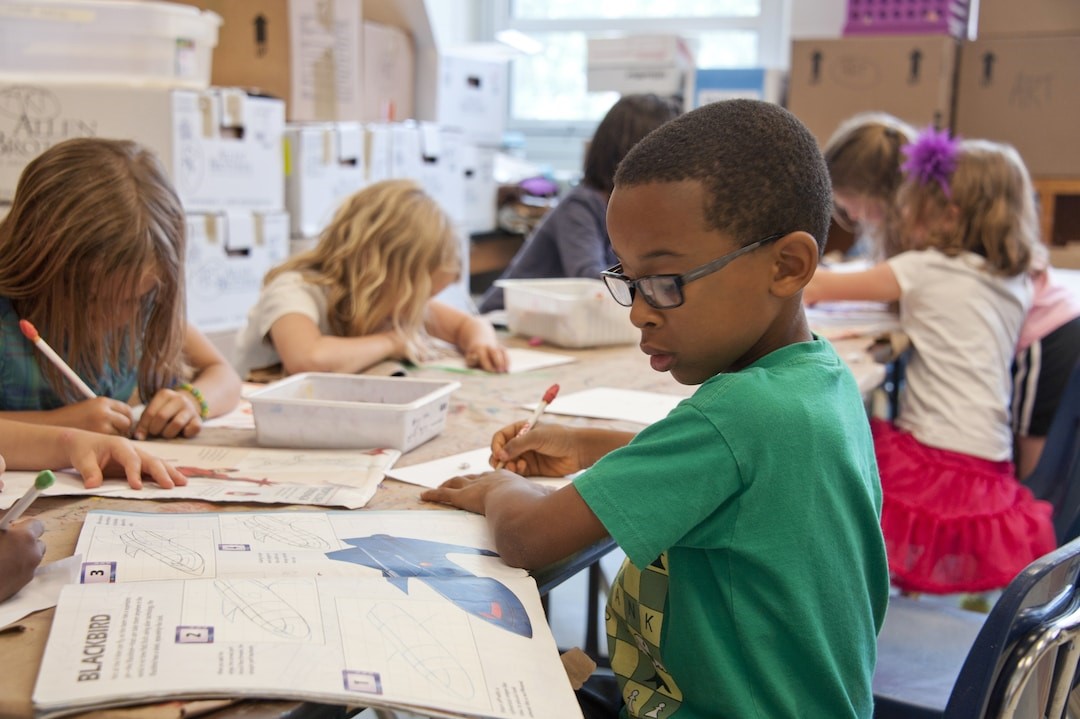The topic of school safety has dominated discussions in recent years due to a surge in incidents compromising the well-being of students and staff. Numerous initiatives have been launched at regional and national levels with the aim of enhancing the sense of security and well-being among students. In this article, we will dive deeper into the current landscape of school safety, explore collaborative efforts, the role of technology, the ongoing training needed for staff and students, and the importance of evaluating and improving safety measures with advanced school security camera technology. Keep reading to learn about these critical aspects.
Understanding the Current Scenario of School Safety
Despite the measures put in place by the governing bodies, the question of effective school safety remains partially answered. Schools of all types, anywhere in the world, are vulnerable to a multitude of threats ranging from bullying to the worst-case scenarios like school shootings.
In addition to unexpected crises, daily safety concerns typically overlooked such as accommodating students with allergies, managing traffic around schools, and ensuring after-school security are equally important. It demands a diligent understanding of the prevailing safety scenario and its potential risks.
Moreover, increasing awareness of mental health issues among students has highlighted the necessity of a comprehensive safety plan that not only addresses physical safety but also emotional and psychological safety.
To fully comprehend the gravity of the situation, administrators should regularly conduct threat and vulnerability assessments of their campuses. This will help in identifying potential weak spots and implementing preventive measures for improving overall safety.
The Significance of Collaborative Efforts To Enhance School Safety
Effective school safety is viewed more as a collaborative effort than a single entity’s responsibility. It involves the cooperative efforts of school administrators, faculty, students, and parents, as well as local law enforcement and mental health professionals.
Emphasizing shared responsibility can lead to the creation of a culture of safety within the academic setting. Each stakeholder has their unique perspective on safety, which when brought together, forms a comprehensive view of the safety landscape.
Moreover, bringing different stakeholders on a common platform can lead to mutual learning, shared resources, and a more coordinated response during emergencies. This would necessitate regular meetings, forums, and workshops to solicit everyone’s input and integrate them into the school’s safety plan.
Implementing Technology To Augment School Safety Measures
Technological advancements have proven to be a game changer in the realm of school safety. Incorporating technology can bolster the effectiveness of traditional safety measures and provide a real-time response mechanism.
Security cameras, access controls, panic buttons, and gunshot detection systems are a few examples that are increasingly finding their place in schools’ security plans. For instance, a school security camera is now seen as an important asset in monitoring students’ activities and spotting unusual behavior.
However, while technology does provide a wide range of solutions, its implementation should always be in line with privacy laws and ethical considerations. Schools must ensure technology usage is not infringing upon the students’ rights or being misused in any form.
Therefore, it is essential to involve all school stakeholders in deciding what type of technology is needed, how it is implemented, and its regulations.
Importance of Ongoing Training for Staff and Students on School Safety
Training is critical in equipping both staff and students with the knowledge and skills to detect, prevent, and react to safety threats. Regular drills on emergency evacuation, lockdown procedures, response to natural disasters, or an active shooter scenario, are integral to any school safety program.
Effective communication during emergency situations can also be achieved by systematically training staff and students.
Well-designed training programs can also encourage students to actively participate in safety drills, understand the significance of various safety measures in place, and be aware of their roles in case of an emergency.
At the same time, training should also focus on the well-being and emotional readiness of staff to cope with stressful situations, and their ability to provide emotional support to students during crises.
Overall, effective school safety is a multi-pronged approach, encapsulating an understanding of the current scenario, collaborative efforts, technological augmentation, regular training, and continuous evaluation. As we progress, the concept of school safety will evolve, and it’s necessary for schools to keep pace with this change to create a safe and secure learning environment.
